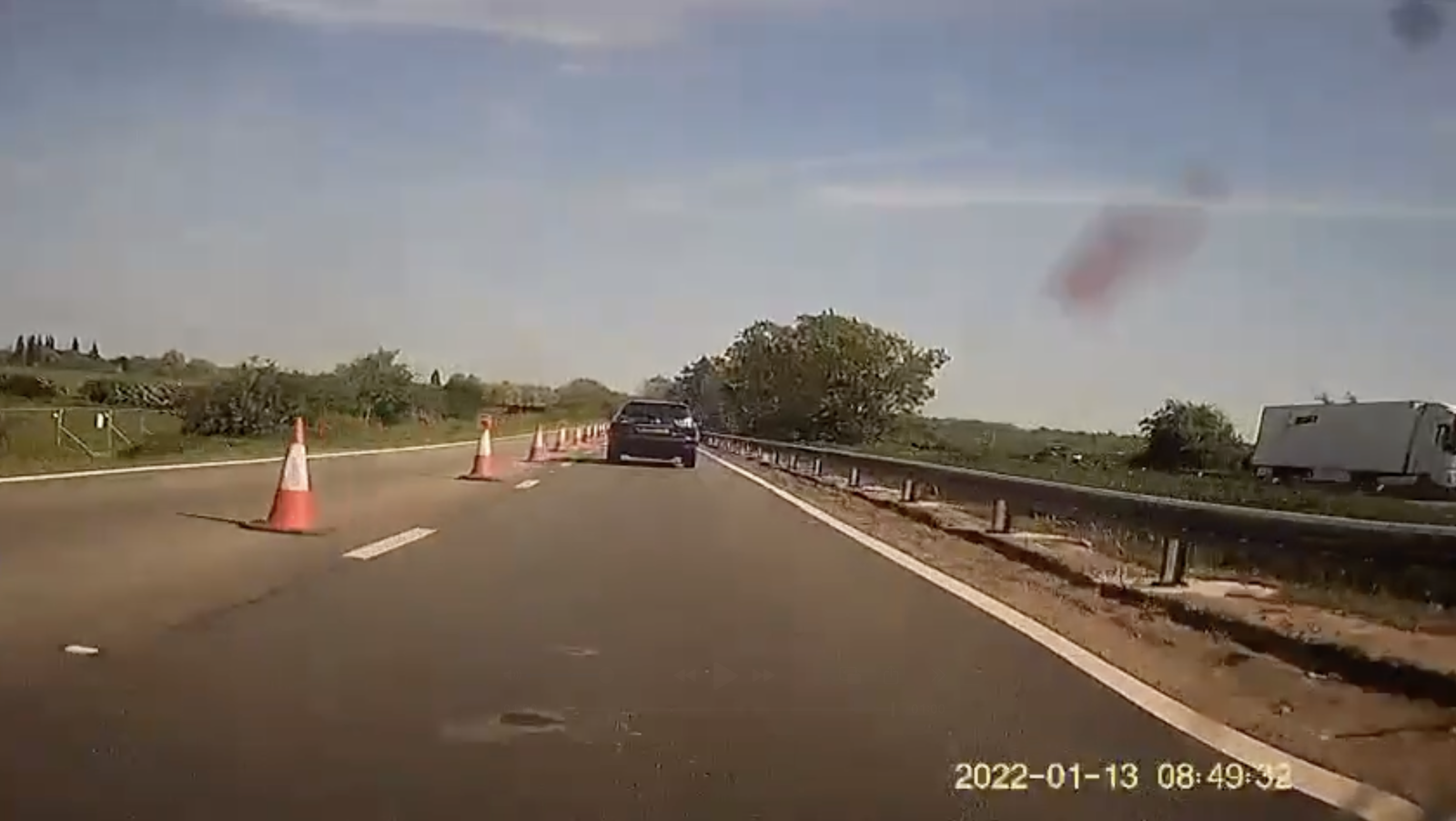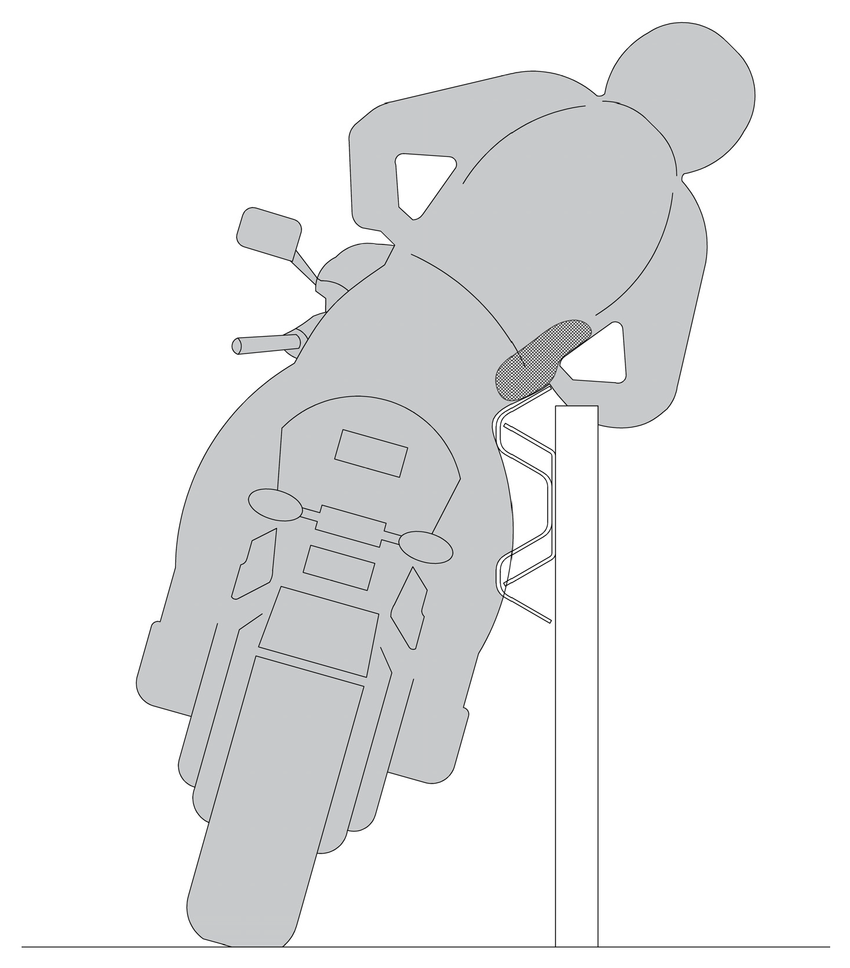Crash barrier reform needed to protect bikers, says report
A new report finds that, despite some reforms, motorcyclists still face serious risks from crash barriers.

Steel guardrails continue to pose a lethal risk to motorcyclists, according to a study by Slovenia’s University of Maribor. This is despite efforts in recent years to make crash barriers safer for motorcyclists.
The study was commissioned by the Federation of European Motorcyclists’ Associations and undertaken by researchers Laura Brigita Parežnik, Marko Renčelj, and Tomaž Tollazzi. It found that although there have been improvements to barriers in recent years in terms of protecting motorcyclists who are involved in sliding crashes, there’s not much to help those who hit the barriers directly.
“Upright-posture motorcycle crashes against steel safety barriers often result in severe upper-body injuries due to the sharp upper edge of the rail,” explains the report. “While solutions for sliding crashes… are already implemented in practice, protective measures for upright-posture impacts remain underdeveloped.”

According to the report, some 45 percent of road accidents on European roads are single-vehicle accidents, more often than not resulting in a vehicle leaving the road. Barriers are often put in place to stop vehicles from traveling into oncoming lanes, for example, or off cliffsides.
“Although conventional road safety barriers perform well for occupants of passenger cars and lorries, their effects on other road user groups, especially motorcyclists, usually result in more severe injuries,” explains the report. “Motorcyclists involved in road safety barrier crashes are 2.15 times more likely to suffer a severe injury to the thoracic region than those not engaged in that type of crash.”
The report assessed more than a dozen add-on systems designed to improve the safety of barriers for motorcyclists, but observed that the cost of retrofitting systems has dampened many road authorities’ enthusiasm for change.

“Cost is often the decisive factor in selecting a solution, especially in large-scale infrastructure projects with budget constraints,” observes the report. “(Additionally), solutions that are easier to install tend to be more feasible in practice, reducing both time and labour costs and minimising on-site complications.”
In the UK, the most common safety barrier system involves W-shaped steel beams that are designed to flex and absorb energy when struck by a vehicle. However, this doesn’t tend to happen with motorcyclists, who, of course, weigh considerably less than a car or a lorry. As a result, motorcyclists are often thrown, or suffer severe injuries to their upper body.
This system is still better than some others that have been used in the past. Thankfully, wire rope barriers have largely been phased out in the UK, with the lethal system being banned in some parts of the country. But clearly authorities need to be putting more thought in designing roads for all users.
“If safety is to advance in this area... clearly defined, evidence-based criteria must be established to evaluate the effectiveness of upper guard protection systems,” states the report. “This cannot be achieved without strong collaboration between motorcyclist associations, European institutions, the research community, and industry.”
For more motorcycle news written by humans, stick with Visordown.com.


